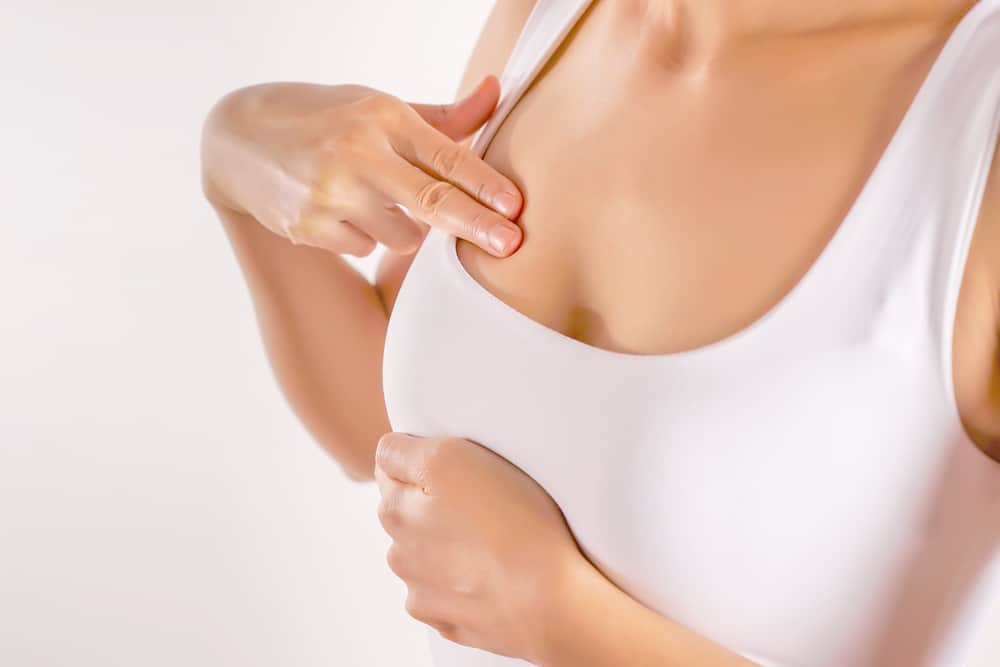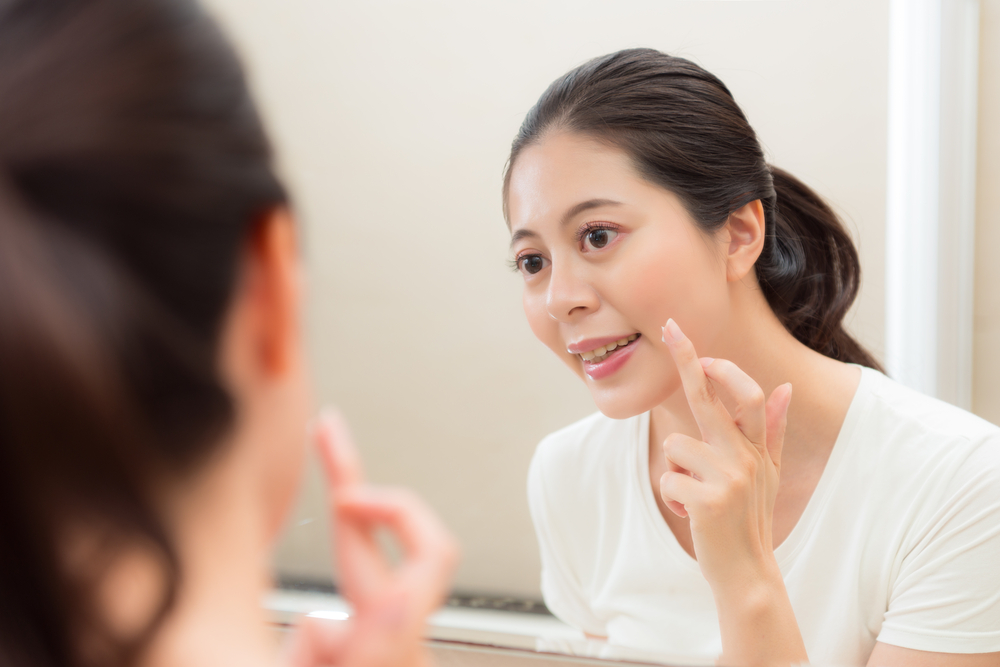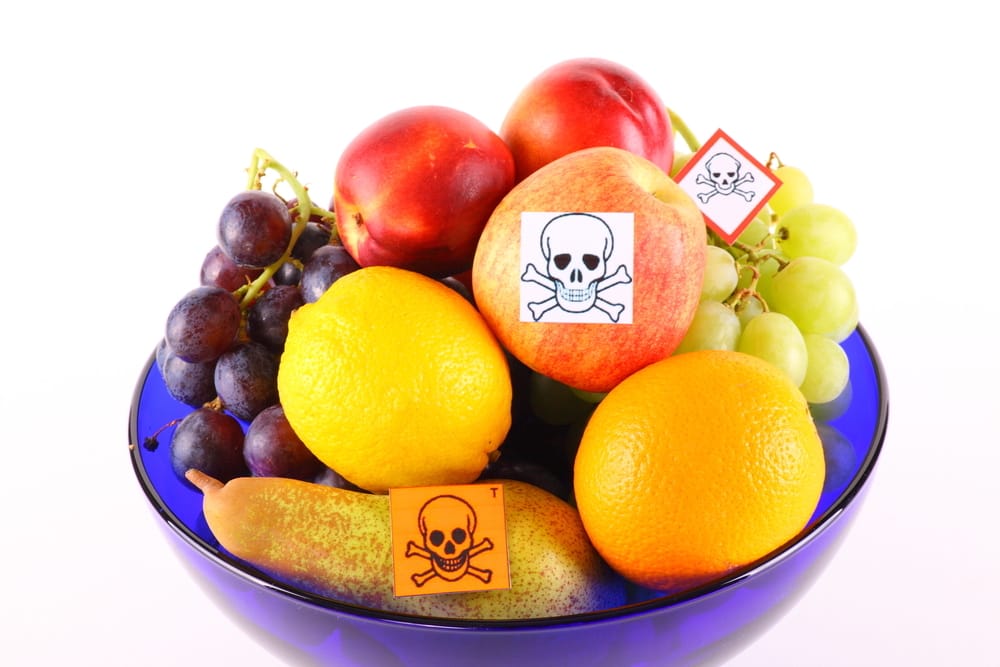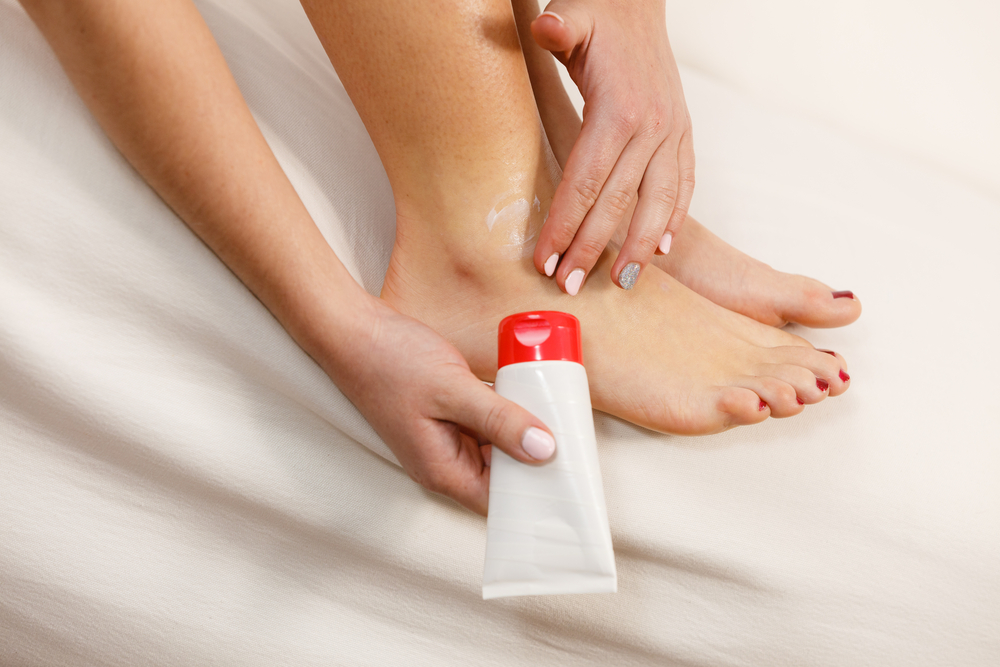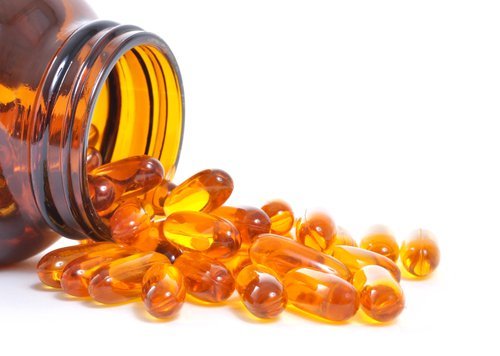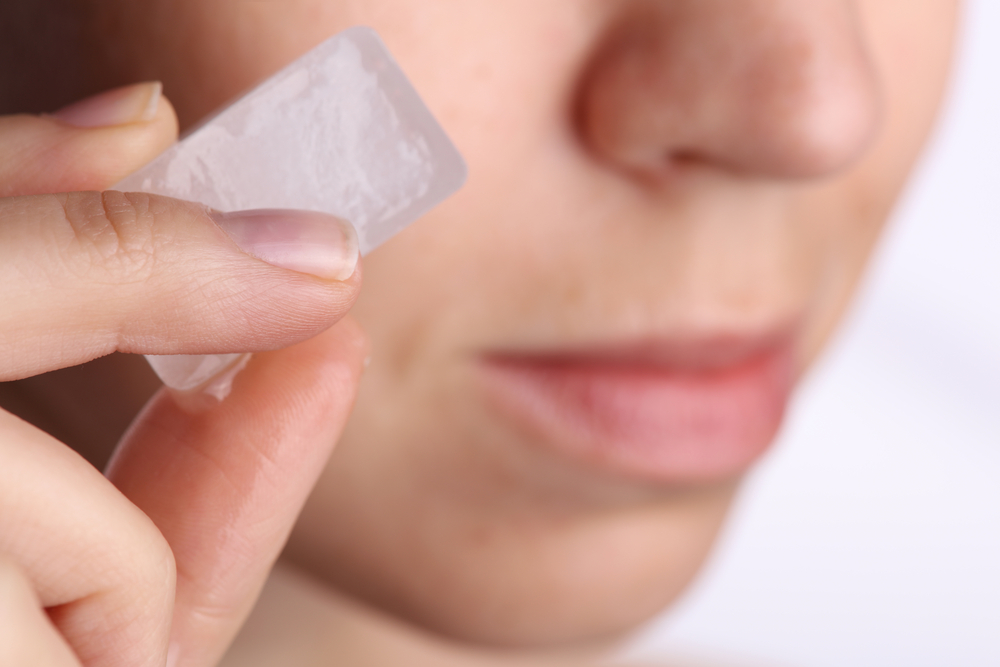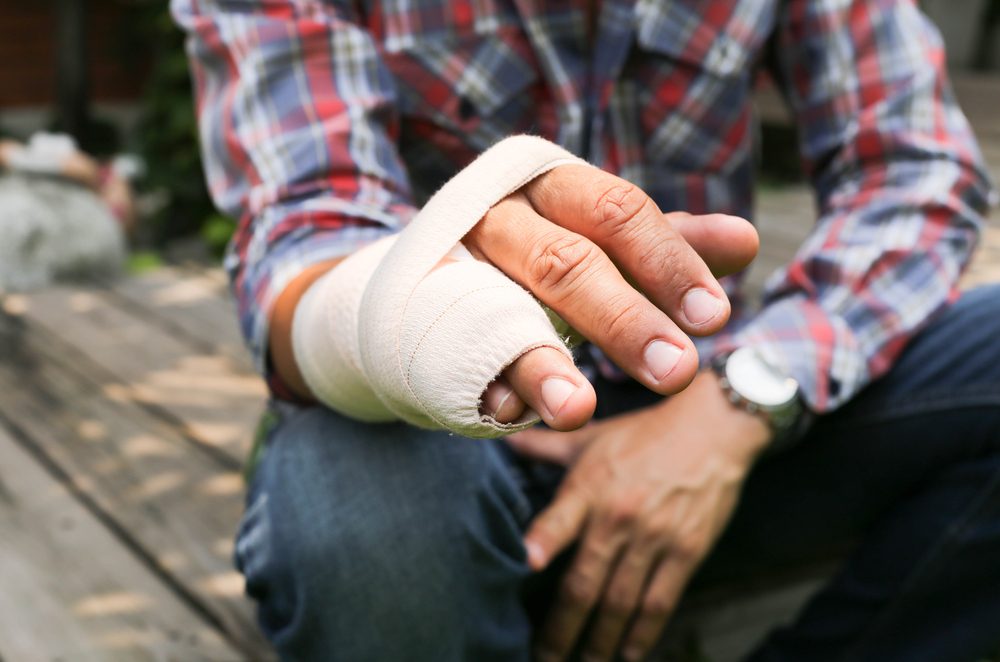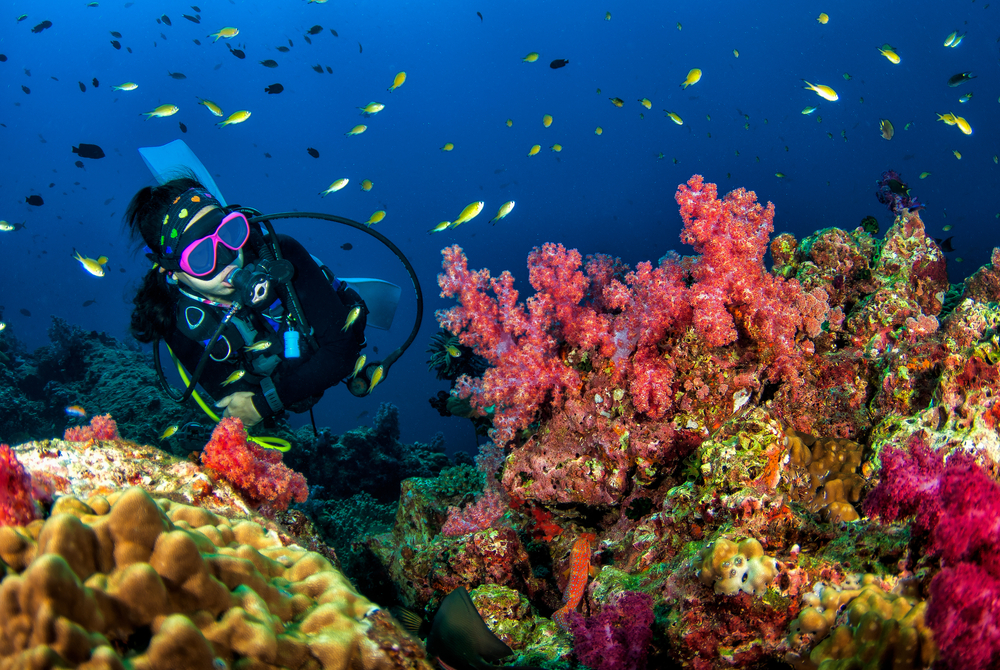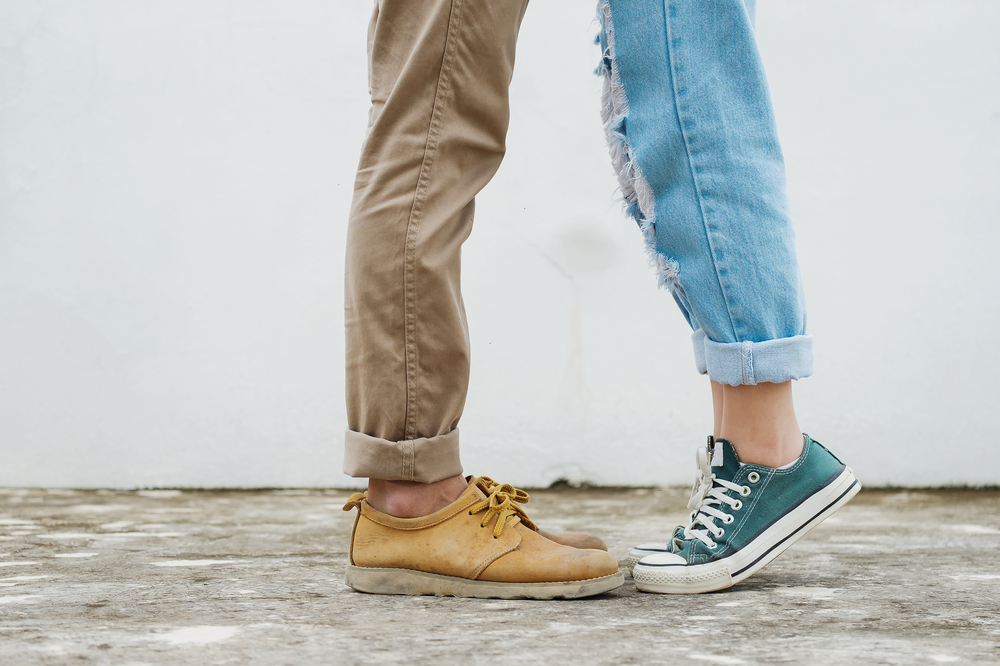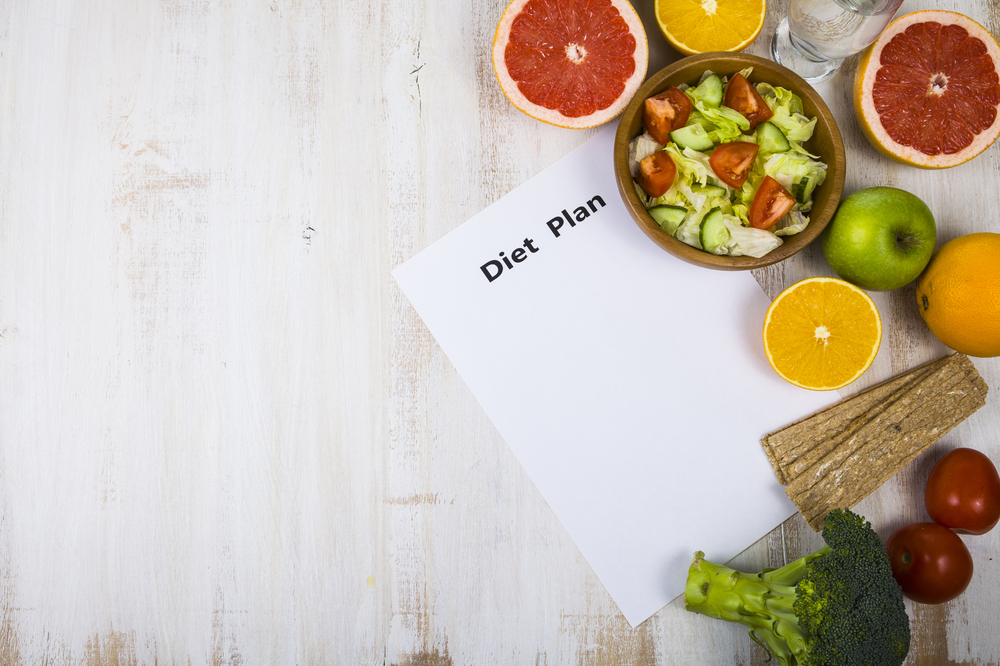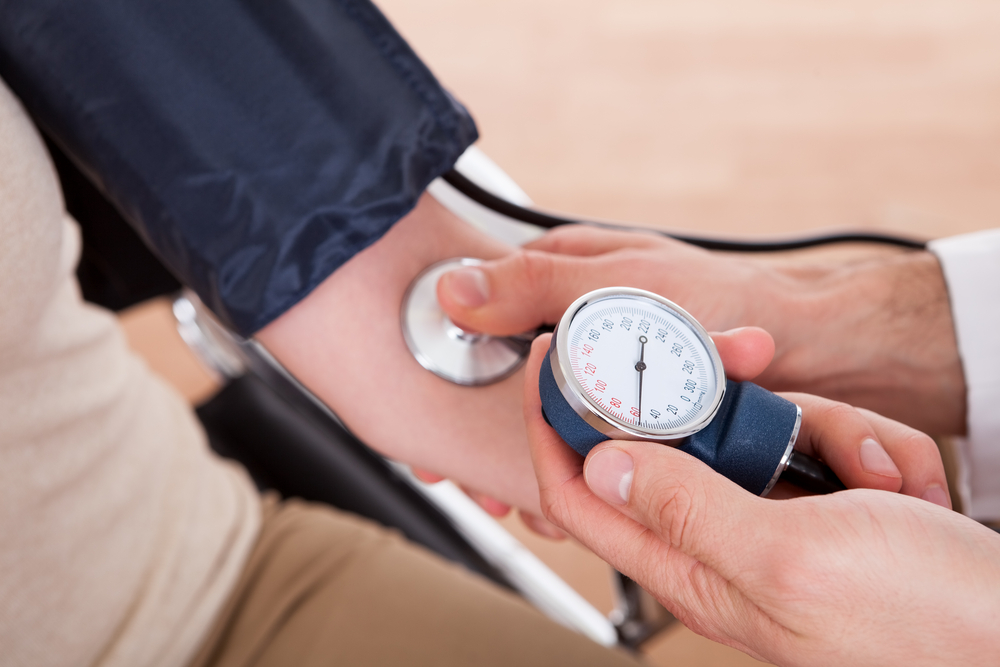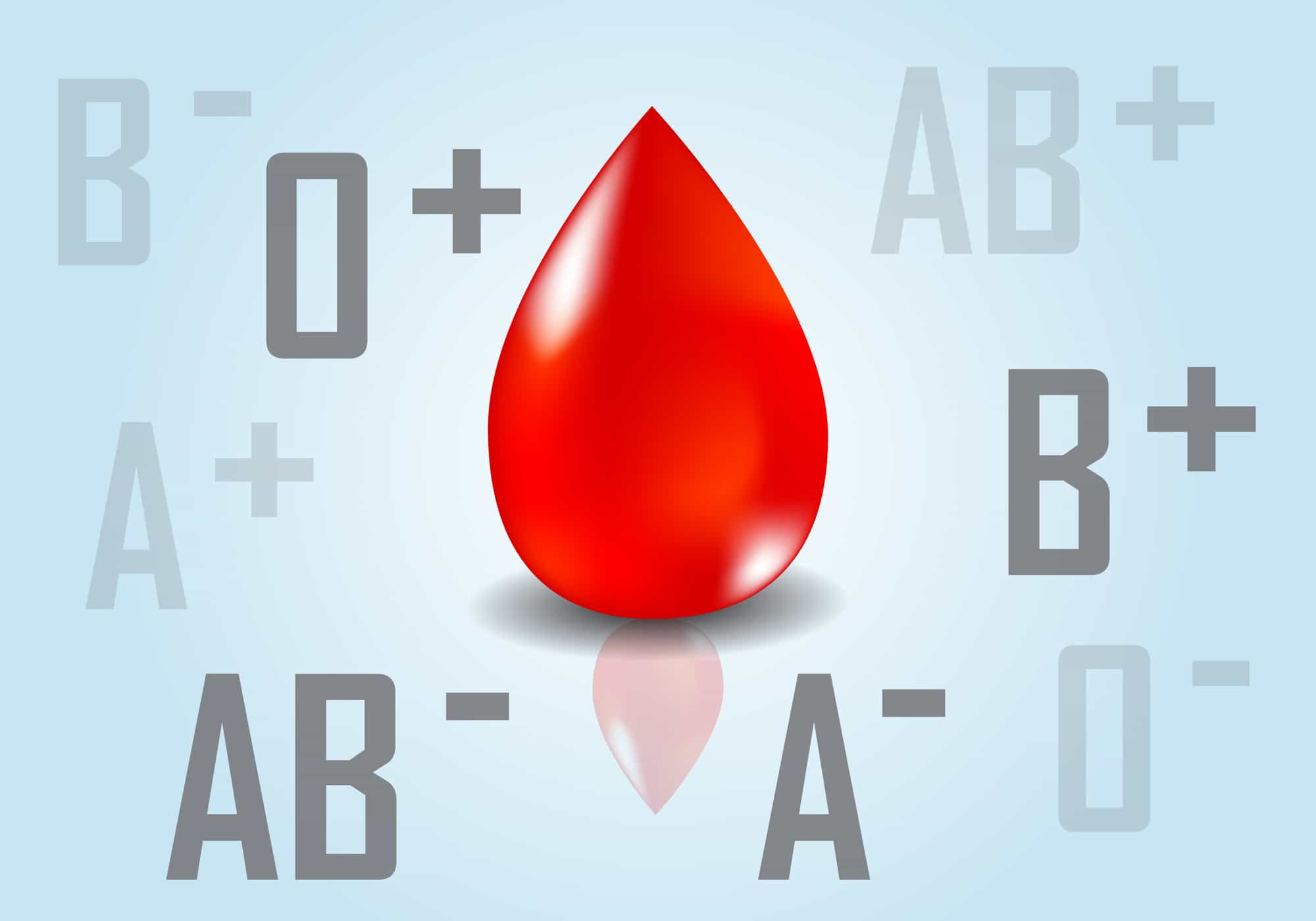Contents:
- Medical Video: Milky Discharge Medical Course
- Causes of white spots on the nipples
- 1. Pregnancy and hormonal changes
- 2. The nipple pores are clogged
- 3. Subareolar abscess
- 4. Fungal infections
- 5. Herpes
Medical Video: Milky Discharge Medical Course
The appearance of spots or white spots on the nipples may worry you. Sometimes these spots make your breast area sore or painful. Actually, what causes white spots or spots around the nipples? Can it be lost? Find the answer here.
Causes of white spots on the nipples
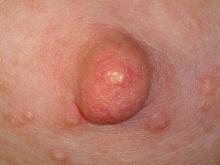
White spots or spots on the breast nipple can be caused by many things, ranging from the trivial to those that need special attention.
Why can this white spot appear on the nipple area? The following causes white spots on the nipples and how to overcome them.
1. Pregnancy and hormonal changes
The nipples experience several changes during pregnancy, such as the appearance of small lumps around your areola. This lump is called the Montgomery tubercle, the gland that releases oily substances to keep the nipples soft and supple.
This gland also functions to lubricate your nipples and tell your baby to breastfeed with a special aroma that is released. The smell of oily substances encourages and helps babies find nipples when they first breastfeed.
Hormonal changes during pregnancy can cause this gland to enlarge. However, this condition can also occur when a woman is not pregnant or breastfeeding. Changes in other hormones can cause the same thing on your nipples.
The most common causes of female hormonal changes include the menstrual cycle, taking birth control pills, or entering menopause.
How to handle it?
Montgomery Tuberkel is not dangerous and does not need special care. This condition will generally return to normal once your hormone levels have stabilized. However, these spots should not be squashed because this can cause infection.
2. The nipple pores are clogged
When you breastfeed your baby, milk flows out of the nipple through a hole called the pores. Sometimes, these nipple pores can be blocked by milk clots.
If your skin closes the nipple pores, milk blisters form. The canal behind the nipple can also be blocked.
Blisters can cause white spots or spots on your nipples, which can be very painful as if you were pierced. These blisters can be light yellow or pink, and the surrounding skin turns red.
When breastfeeding, the pressure given by the baby to suck the nipple will usually eliminate blockages. However, if the blockage does not disappear, you can experience a breast infection called mastitis.
How to handle it?
If the nipple pores do not disappear on their own, you can do a number of these things to help overcome them.
- Compress warm water on the breast and nipples before breastfeeding.
- Compress cold water after breastfeeding to reduce discomfort.
- Take a warm bath and gently wipe the clogged nipple with a towel.
- Direct the baby to breastfeed from the breast where the nipple pores are blocked first.
- Position the baby's lower jaw close to the lump caused by a blocked duct.
- Take painkillers (acetaminophen or ibuprofen), to reduce discomfort.
When the skin grows above the nipple pores and blisters of milk, the above treatment may not always succeed in opening the blocked pores.
You need to visit a doctor to get the right treatment. The doctor may use a sterile needle to open the blocked nipple pores.
3. Subareolar abscess
Subareolar abscesses are pus buildup in breast tissue caused by bacterial infections. This condition is often caused by mastitis which is not handled properly until complete.
This abscess does not always occur when a woman is breastfeeding, but can also be caused by bacteria that enter the breast tissue through wounds, such as the presence of pimples or nipple piercing.
How to handle it?
Subareolar abscesses are usually treated with antibiotics. However, sometimes if the abscess does not heal, the doctor may suggest surgery to remove pus from the breast tissue.
4. Fungal infections
Fungal infections are often calledthrush caused byCandida albicans. You can have this condition if you or your baby have just taken antibiotics or have a vaginal yeast infection.
In addition to causing white spots or spots on the nipples, your nipples will also turn red and feel very painful. This fungal infection is very contagious, so you can spread it to your baby and vice versa.
How to handle it?
Your doctor will give you an antifungal medication for you and your baby, in the form of a cream or a medication. In addition, wash your bra as often as possible and keep the breasts dry during the treatment period.
5. Herpes
Although the herpes simplex virus usually infects the mouth and genitals, it can also affect the breast. Usually, herpes in the breast moves to the mother of her newly infected baby during breastfeeding.
Herpes looks like a small lump filled with fluid and redness on the nipple. When the lump heals, they form scabs. Your baby may have the same lump on their skin.
How to handle it?
If you suspect you have herpes, see your doctor immediately to get the right diagnosis. Generally, doctors will advise you and your baby to take antiviral medication for about a week to clear the infection.
In addition, breast milk pumps also need to be done until white spots disappear.

